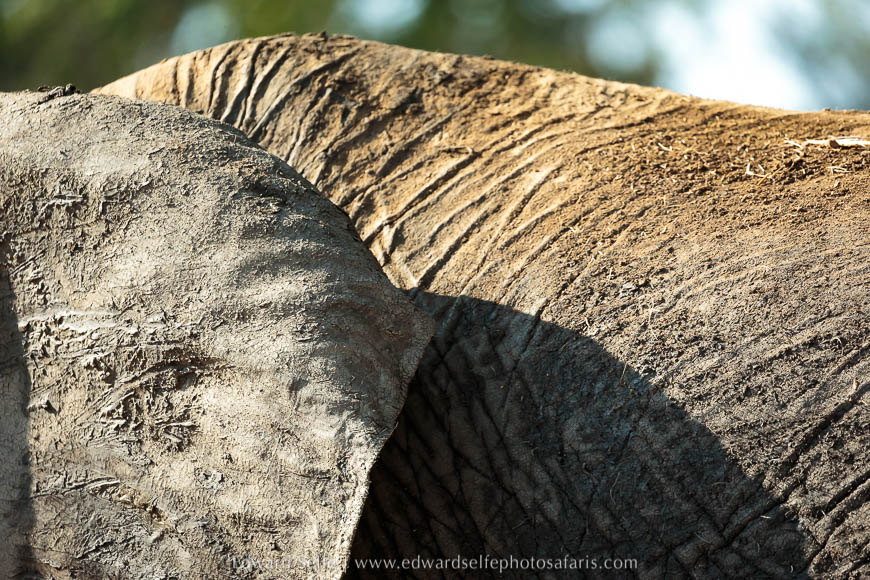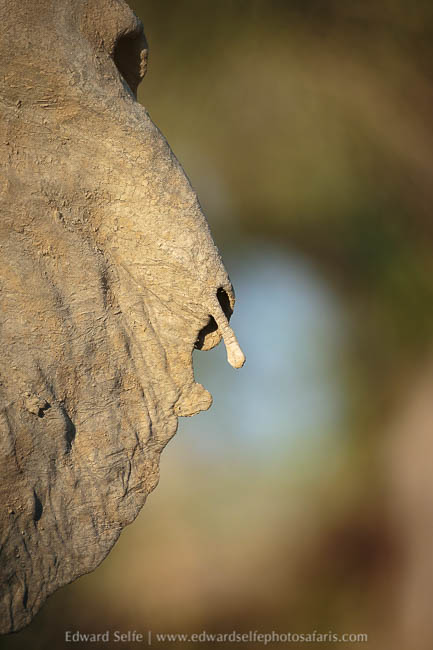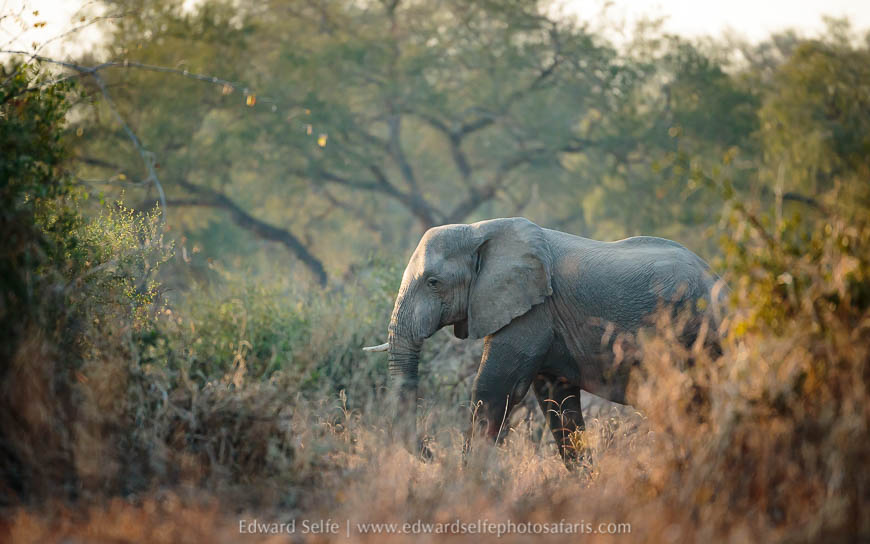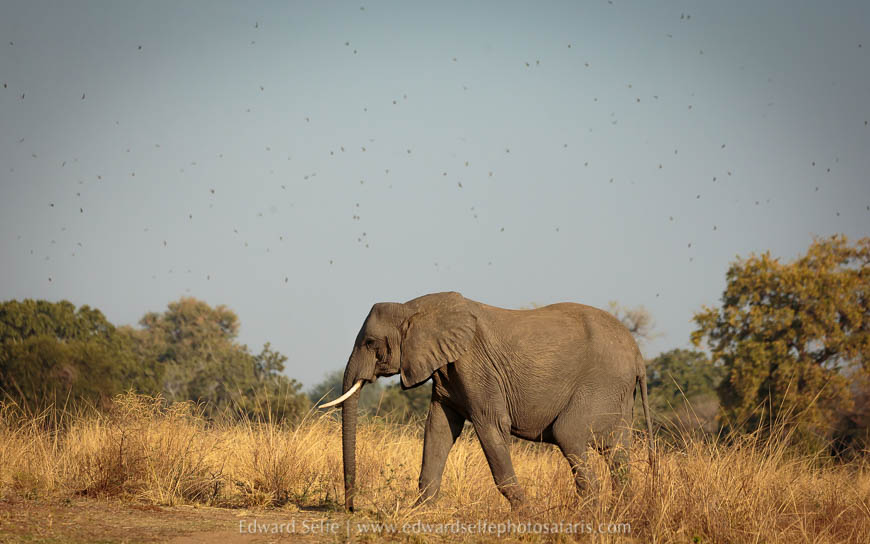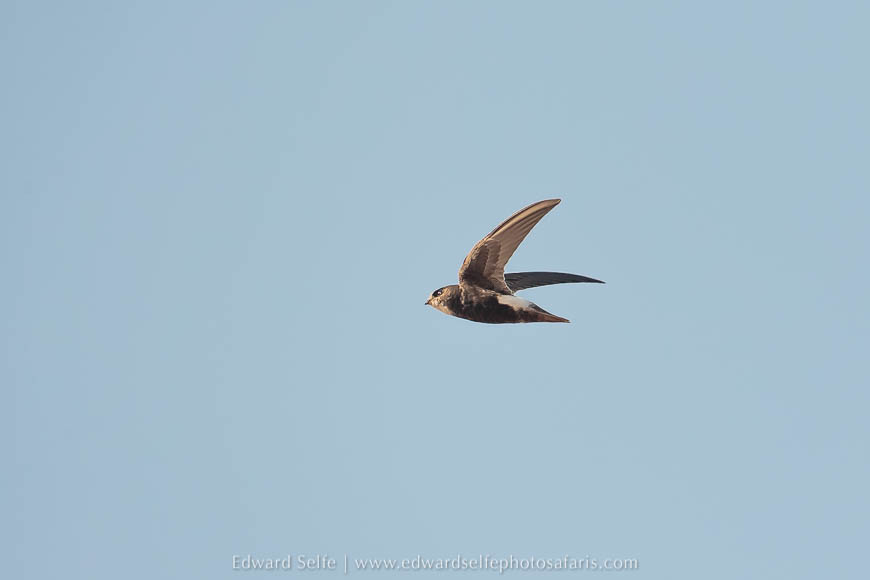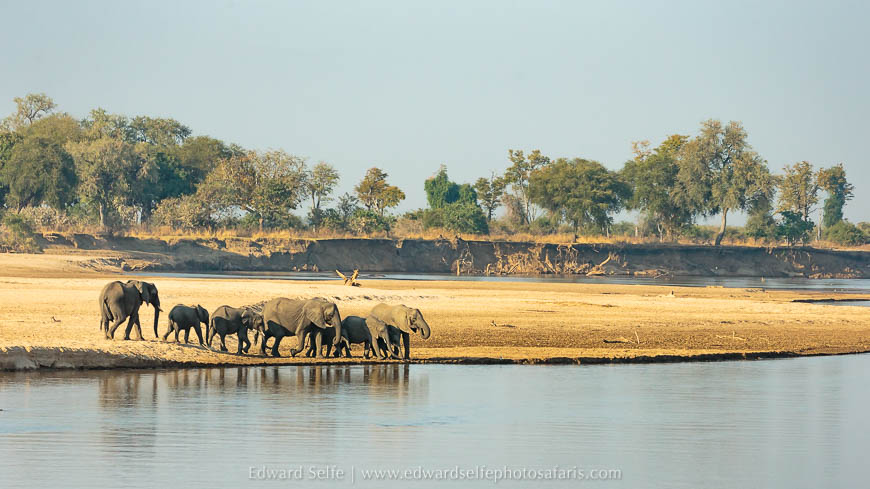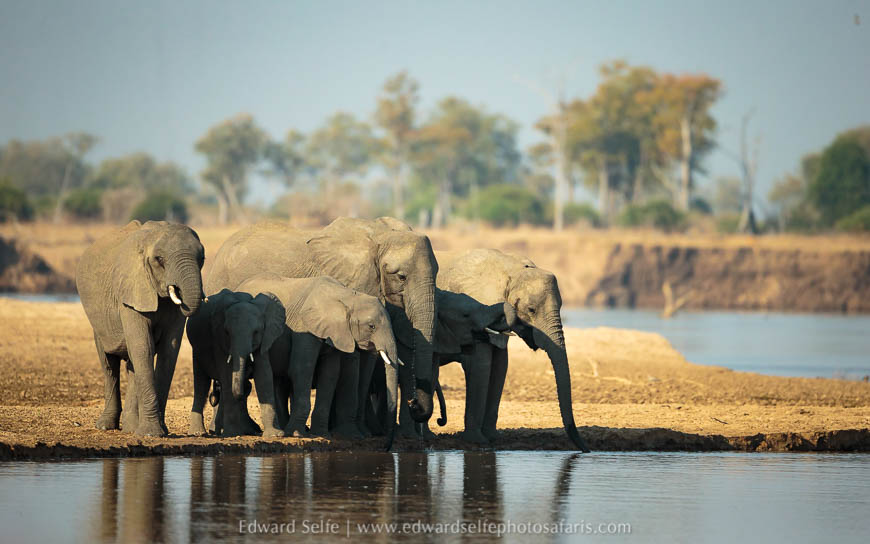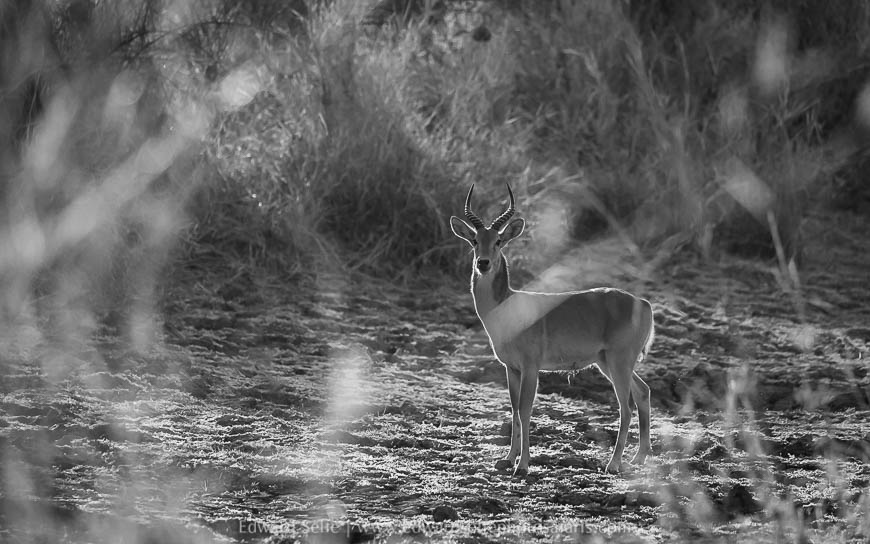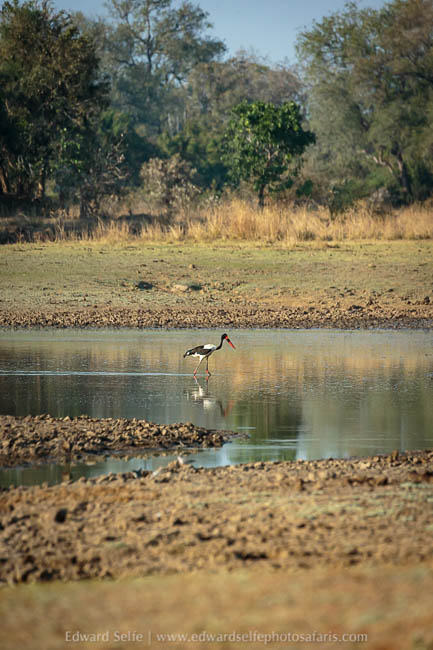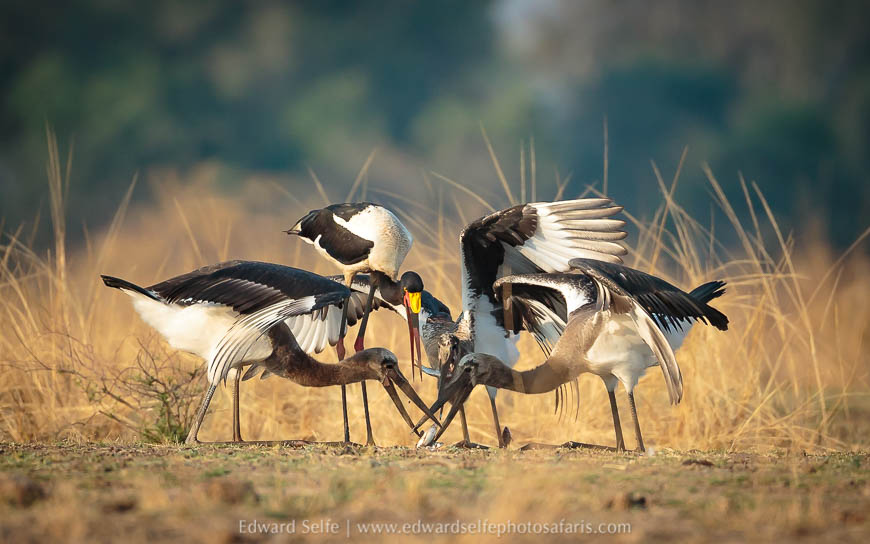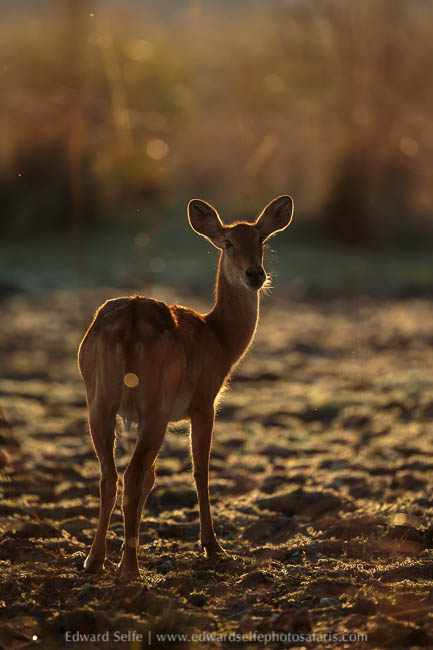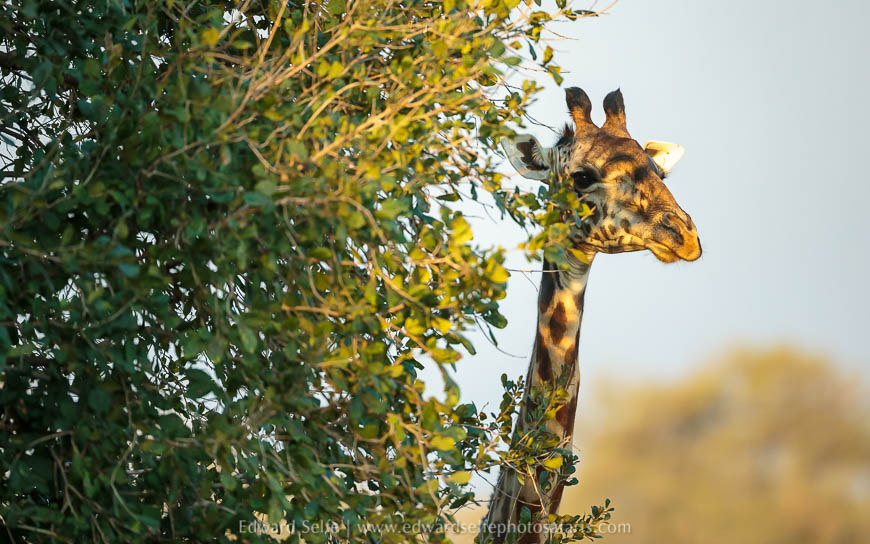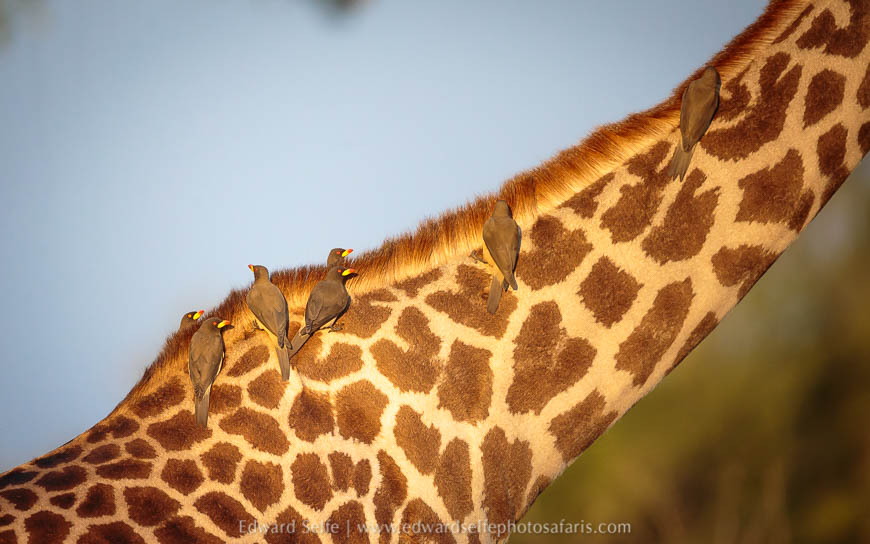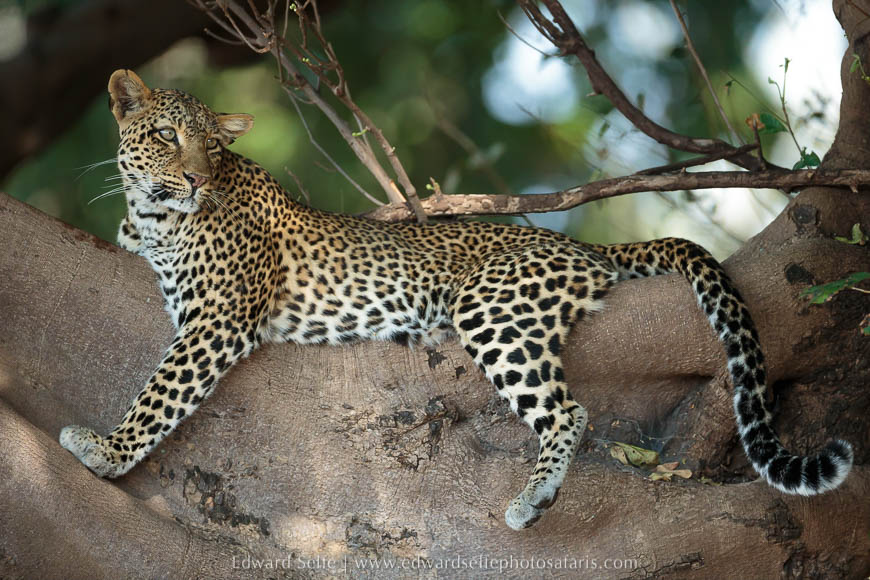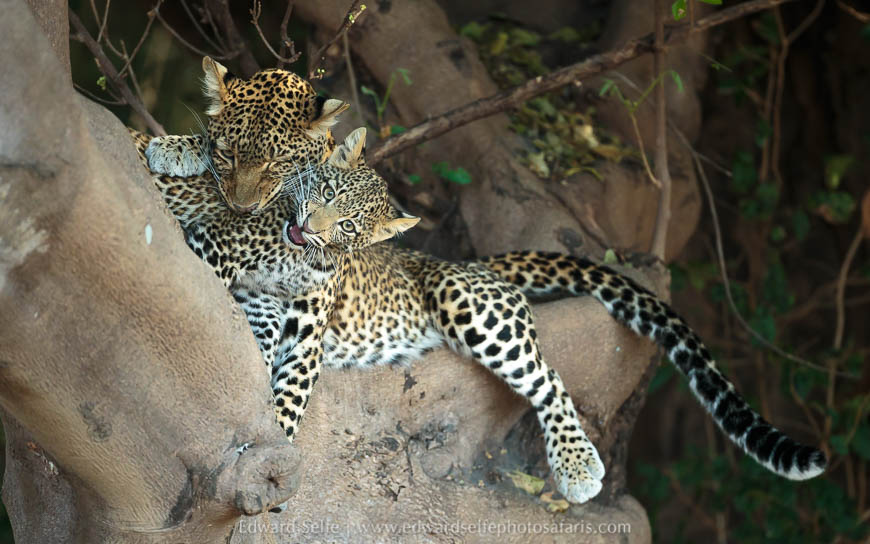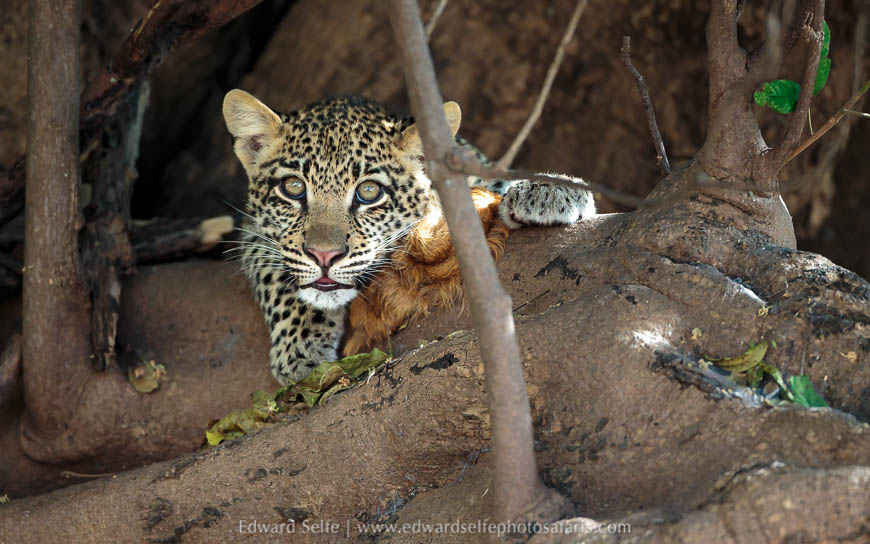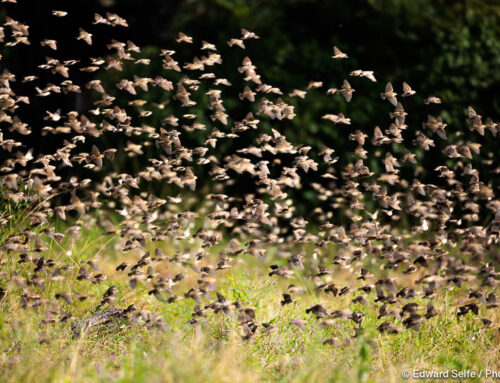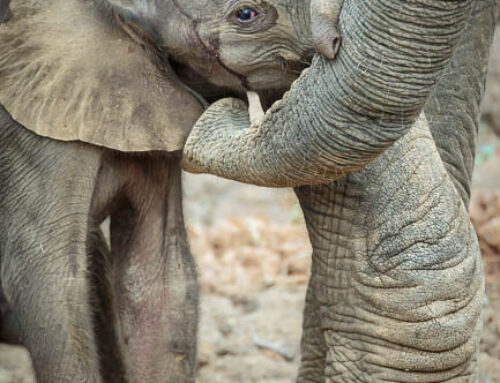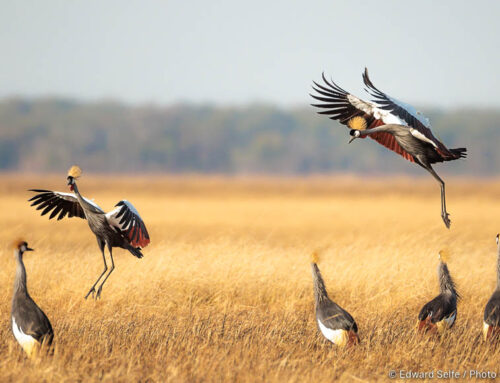If you read back over my catalog of trip reports you will find that the Nsefu Sector features frequently! It is an area of the South Luangwa National Park that lies on the eastern bank of the Luangwa River, unlike the majority of the park which is on the western side. Along the full length of the Nsefu Sector, the river is bounded by National Park on both sides, making for one of Zambia’s most prolific, and best protected, wildlife areas.
I have used several camps in this area, but recently I made visits to both Nsefu Camp and Tafika, which are in the central and northern parts of the sector. They are both small camps, in prime locations with quick and direct access to the best safari viewing areas. With the return of tourism in 2022 (we hope!) I look forward to guiding safaris from both these camps!
In the meantime, starting on Thursday, I will be guiding a 26-night safari through the South Laungwa, Lower Zambezi and Kafue National Parks with 2 guests from USA and Canada. It feels exciting, and somewhat surreal, to be running proper safari trips again, and I can’t wait.
In preparation, I went to the Nsefu Sector to visit my favourite camps and to catch up with some of the wildlife that has given me and my guests so much pleasure over the years. I hope you enjoy a short visit to the Nsefu Sector, and watch out on my instagram page for updates from my long safari starting in a few days’ time.

Any safari to the Nsefu Sector is guaranteed to enjoy wonderful elephant sightings. Despite there not being year-round access, the elephant population is very calm and allows close up viewing. In this case, there wasn’t much use for a long lens, except to enjoy the dusty shoulders…..
….and torn ears of this large bull.
The northern Nsefu sector, around Tafika camp, has diverse habitats which is rewarding for creating images of wildlife in varied settings. As all photographers will know, the background and surroundings is as important as the subject so diversity is helpful.
One elephant herd led us to the river where they were heading for a drink. While they negotiated the steep bank, we noticed the huge flock of nearly 2000 Horus Swifts which were nesting in the banks of the river. I had never seen so many, and just a few can be seen in the air above this elephant.
A Horus Swift that shot past us as we stood on the banks of the river.
The elephants made their way to the water…..
…and drank deeply. Elephants eat a lot of dry forage, including seed pods, at this time of year, so water is crucial to aid digestion.

I really enjoy watching Saddle-billed Storks as they are always busy and their feeding techniques are highly successful. This adult was being attended by a trio of youngsters who were begging for food.
Eventually she relented and walked up on to the bank and fed them with regurgitated fish. I knew to expect this so moved round to be close to the youngsters when I saw the female starting to leave the water.
The dusty conditions are not great for cameras, but really good for soft light!

It is indicative of the relaxed nature of the game in this area that the Oxpeckers, which are normally twitchy birds, did not alarm at our presence and allowed us to watch as they groomed through the hairs on a herd of giraffe.
I ended my most recent trip with a very memorable sighting of Olimba, the famous feline of the Leopard Legacy film, and her two young cubs. She had killed a young puku and had brought the cubs to feed.
Having filled her belly, the young female was keen to play with mum….
…but the male felt that there was still space for more food in his stomach.It was so reassuring to return to the Nsefu Sector after a couple of months away and confirm that this is still one of the best areas for game viewing anywhere. We will have most of the sector to ourselves on our upcoming trip and, while I wish that wasn’t the case, I am very much looking forward to it!
